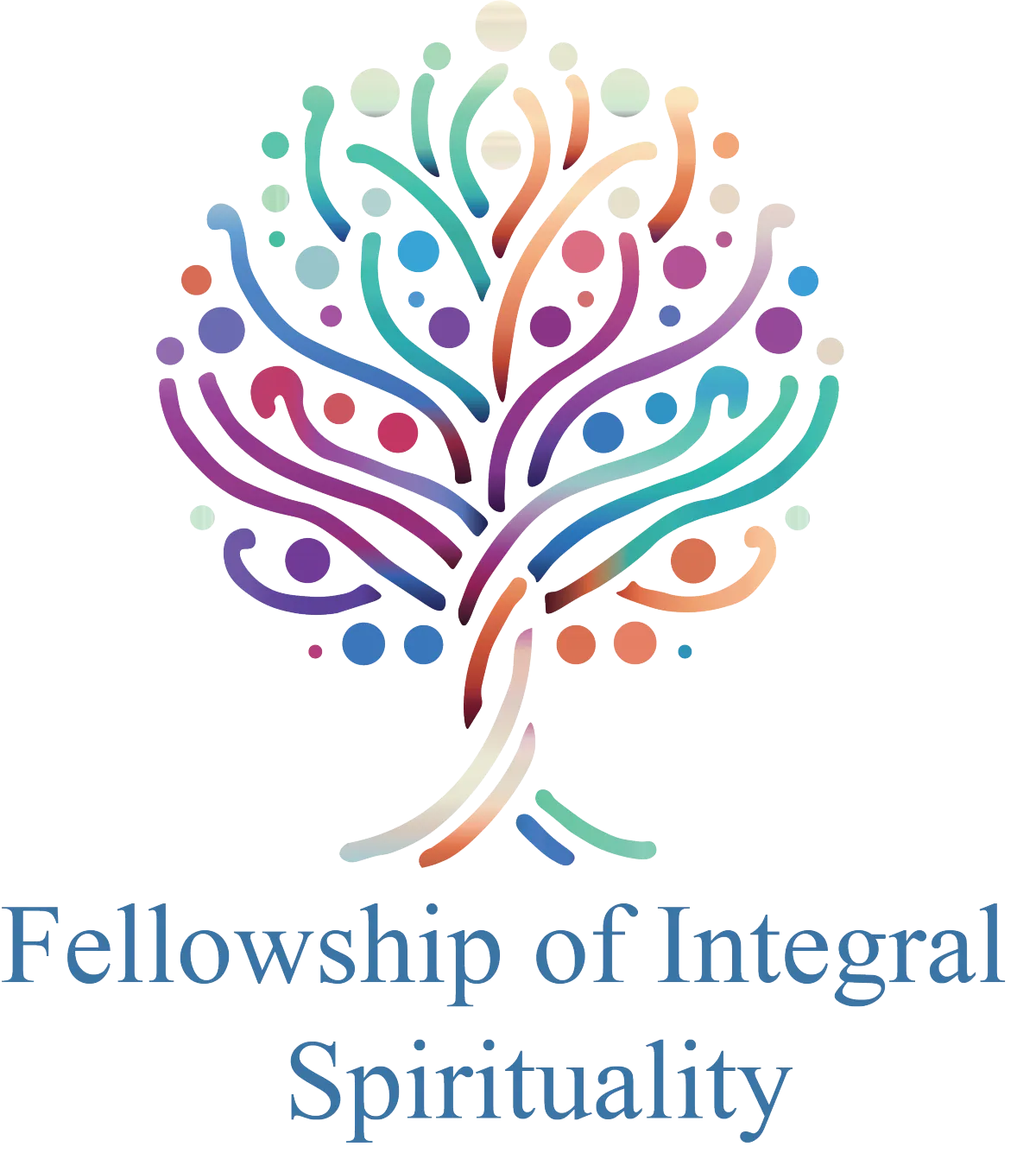ABOUT US
What Exactly Are “Religion” and “Spirituality?”
Imagine standing on the shore of a vast ocean. The waves gently lap at your feet, the horizon stretches out endlessly before you, and the salty breeze whispers mysteries too deep for words. This ineffable state of being is where religion and spirituality often take us – a space that can often only be described through metaphors, stories, songs, rituals, and states of consciousness that defy both our vocabulary and our current understanding of the material world.
Religion is, most universally, about encoding important messages that we want to pass on to the next generation – the stories, wisdom, and practices that have shaped us and which we want to shape our children and society. Religion is like a sturdy vessel built to hold and connect us, binding us together in shared beliefs, rituals, and traditions. Westerners tend to struggle that religion isn’t necessarily about God; however, not all religions believe in a deity or deities. Very often, a deity is a part of a community’s religion, but even then, the way the community views their deity may seem very foreign to our “Christ-haunted” Western notions of “God.”
In contrast, spirituality is more like the wind in the sails of that ship, represented by the individual’s inner journey, the search for meaning, and the desire to connect with the deeper aspects of existence. While religion often involves collective experiences, spirituality tends to be more about individual exploration and personal growth. And while spiritual beliefs may include immaterial or supernatural forces, many spiritual systems are fully grounded in the natural world.
East vs. West: Divergent Perspectives
In the West, the difference between religion and spirituality can feel pronounced. Religion is seen as a formal set of beliefs and practices mediated by clergy within formal institutions; spirituality is more fluid, more personal and esoteric, and often dismissed as “woo woo” and “individualist” by both materialists and the religious. In contrast, many Eastern traditions, such as Hinduism, Buddhism, and Taoism, have long recognized spirituality as an integral part of the religious experience. Religion and spirituality are not seen as separate but as intertwined aspects of a holistic approach to life – an approach to blend the body, mind, and soul to the rhythms of the cosmos.
How Religion and Spirituality Impact the Brain
Modern neuroscience has provided fascinating insights into how religion and spirituality don’t just connect us to something greater—they also connect us to ourselves, fostering the profound ability to make us more empathetic, compassionate, and attuned to others. Studies using fMRI and EEG technology have shown that religious practices can alter brain function, enhancing areas related to empathy, compassion, and emotional regulation. These findings suggest that religion and spirituality are not merely abstract concepts but have tangible effects on our neurobiology. They shape how we perceive the world, how we relate to others, and how we find meaning in our lives. Spiritual practices literally strengthen the very parts of our brain that make us more fully human.
Beyond Materialism
At their core, religion and spirituality are an exploration of the ineffable that invites us to humble ourselves by stepping beyond the boundaries of materialism and into the Great Mystery.
That doesn’t mean that religion and spirituality require us to abandon reason or believe in supernatural deities. Instead, they ask us to recognize layers of meaning written into the music of the cosmos – awe-inspiring microcosmic and macrocosmic layers of meaning that are embedded in the rhythms of the existence. Spirituality is about tuning into these patterns, seeing the connections between the inner and outer worlds, and appreciating the profound harmony that exists within the chaos of life.
In this sense, spirituality is not about rejecting rationality but about expanding it. It’s about recognizing that while logic and reason are essential tools for navigating the world, they are not the only ways of knowing.
Ultimately, spirituality is a journey that invites us to explore, to question, and to connect with something greater—whether that’s the universe, the human spirit, or the profound interconnectedness of all life. This journey encourages us to open ourselves to the possibility that life’s deepest truths are found in the connections between these layers—in the way the small reflects the vast, and the personal reflects the universal. As we navigate these layers, we discover that our search for meaning is not just about finding answers, but about deepening our understanding of the intricate patterns that shape our existence.
Copyright 2024. All rights reserved
